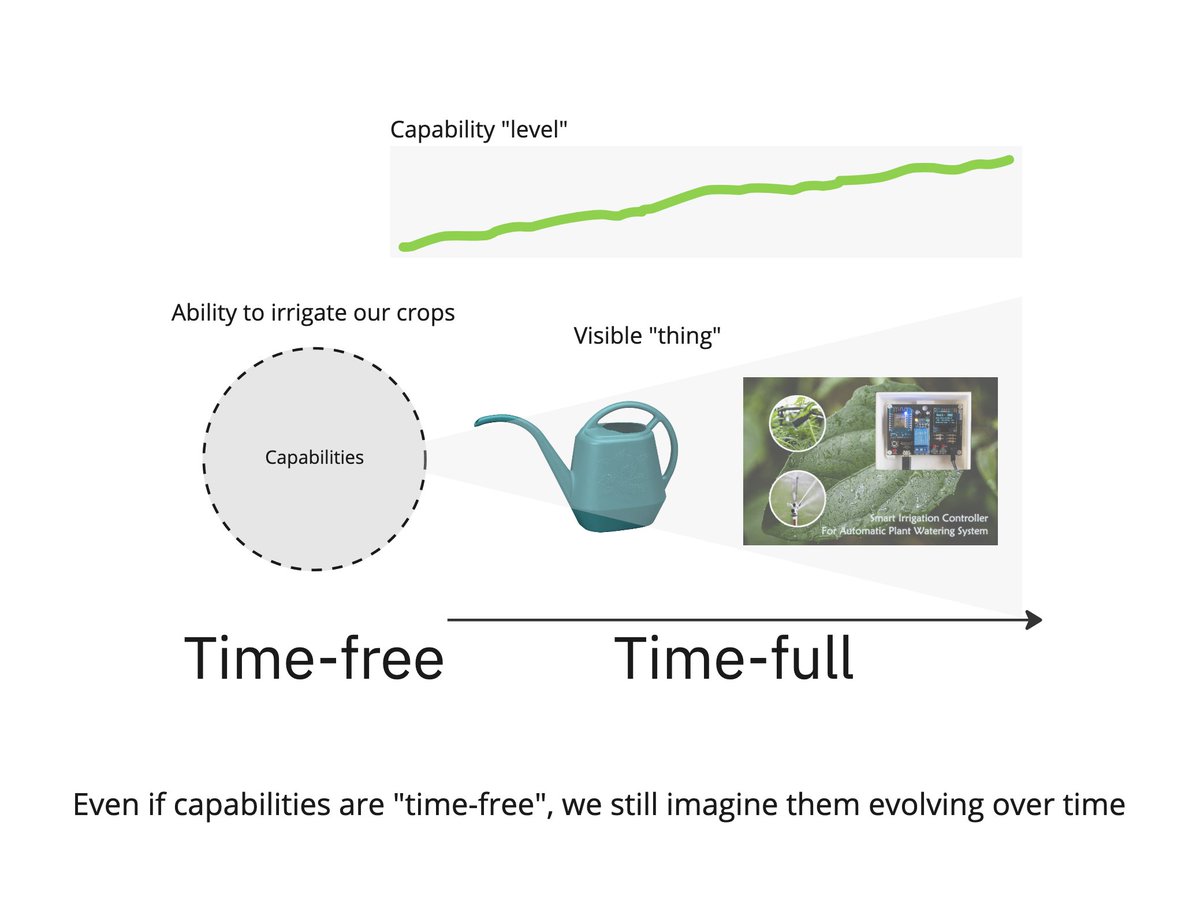This is one of the biggest traps in scaling a company
Everyone should be aware of it.
1/n
At some point, someone will decide that one things is working well. It is time to try 2 things. This almost always involves the assumption that there are some common things between the two
Everyone should be aware of it.
1/n
At some point, someone will decide that one things is working well. It is time to try 2 things. This almost always involves the assumption that there are some common things between the two

2/n
But it isn't that easy.
#1 is more stable and practiced
#2 is less stable and practiced
The assumption that you can support both with common services is a little shaky. These are very different motions.
But it isn't that easy.
#1 is more stable and practiced
#2 is less stable and practiced
The assumption that you can support both with common services is a little shaky. These are very different motions.

3/n
....and even that is based on the premise that #1 was actually working, and that the decision to do #2 wasn't based on a flawed premise (that #1 was working).
OR...that #1 had "flattened out" (we assume there wasn't room to grow there)
....and even that is based on the premise that #1 was actually working, and that the decision to do #2 wasn't based on a flawed premise (that #1 was working).
OR...that #1 had "flattened out" (we assume there wasn't room to grow there)

4/n
The overwhelmed common service needs help. The default response is typically some combination of process, standardization, and management.
But remember ... the motions are very different.
The overwhelmed common service needs help. The default response is typically some combination of process, standardization, and management.
But remember ... the motions are very different.

5/n
In the short term, the response feels like it is working.
But that is just an illusion.
#1 and #2 are getting frustrated, and just start working around the bottleneck.
Which is rational.
But pretty damaging overall.
In the short term, the response feels like it is working.
But that is just an illusion.
#1 and #2 are getting frustrated, and just start working around the bottleneck.
Which is rational.
But pretty damaging overall.

6/n
As everything slows, we rationalize doing MORE.
#1 and #2 are kind of stalled ... but we pretend they are working.
Enter the hack-day project that everyone loved (or the "great idea")
As everything slows, we rationalize doing MORE.
#1 and #2 are kind of stalled ... but we pretend they are working.
Enter the hack-day project that everyone loved (or the "great idea")

8/n
So what can you do to prevent this?
Back to our example, one possibility is that #1 still had more room.
So the first thing we can do is make sure we explore existing opportunities instead of falling for the trap of moving on.
So what can you do to prevent this?
Back to our example, one possibility is that #1 still had more room.
So the first thing we can do is make sure we explore existing opportunities instead of falling for the trap of moving on.
9/n
The next thing we can do is resist standardization.
The critical error was believing that standardization was key, instead of accepting we needed to support parallel -- and different -- motions.
The next thing we can do is resist standardization.
The critical error was believing that standardization was key, instead of accepting we needed to support parallel -- and different -- motions.
10/n
Many more lessons here, but the first step is being aware.
That what feels like it is working...could work even better
That we are biased to believe we can "thread the needle" with common services
That scaling is never as simple as better process/standardization.
Many more lessons here, but the first step is being aware.
That what feels like it is working...could work even better
That we are biased to believe we can "thread the needle" with common services
That scaling is never as simple as better process/standardization.
• • •
Missing some Tweet in this thread? You can try to
force a refresh
















